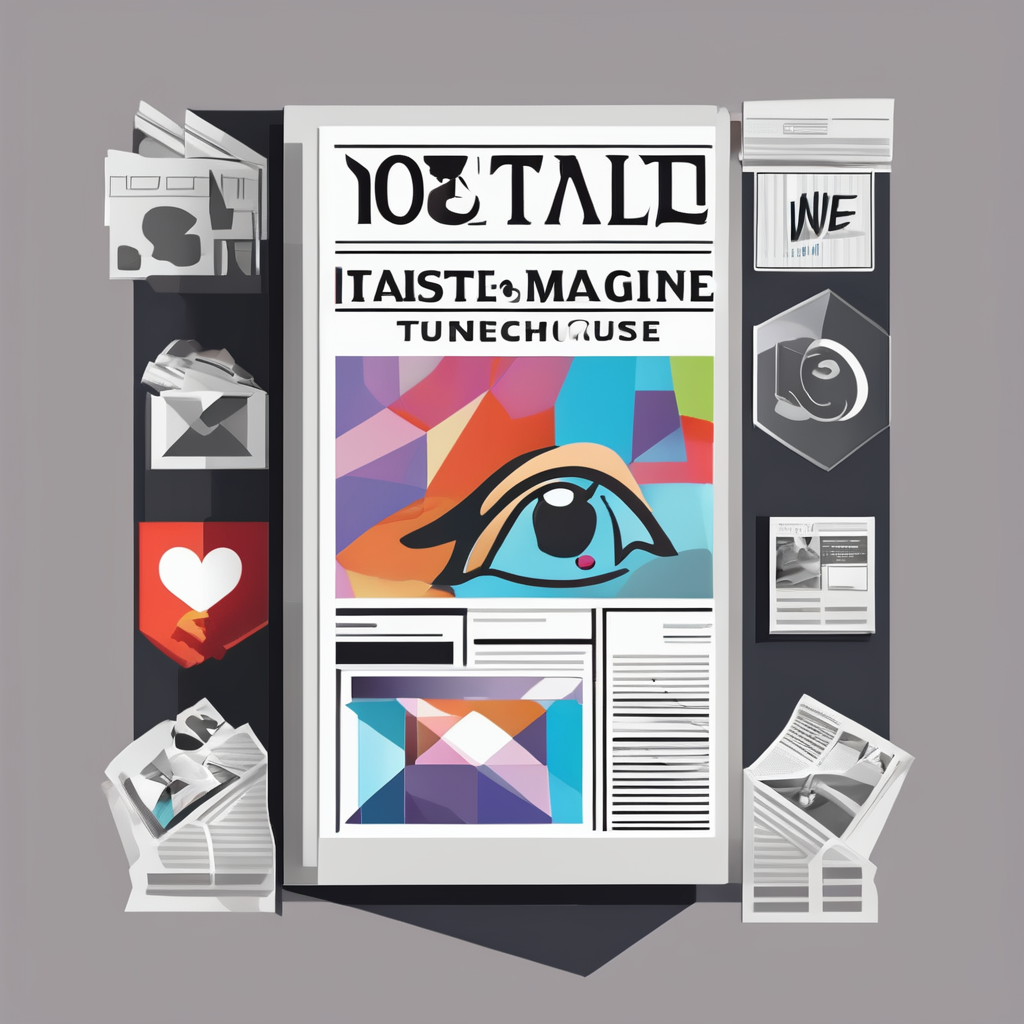Key regulatory changes impacting the UK automotive sector post-Brexit
Post-Brexit regulations have introduced significant regulatory changes in the UK automotive sector. One major shift is the divergence of UK automotive rules from EU standards, affecting trade and production frameworks. UK manufacturers must now navigate new compliance requirements that include separate vehicle type approvals and customs procedures. The regulatory changes demand additional certification, increasing administrative and operational costs.
The timeline for these changes began immediately after the Brexit transition period ended in December 2020. Since then, phased implementation of customs declarations and product compliance checkpoints has been underway. This transition phase has required manufacturers and exporters to adjust quickly to avoid disruptions.
In the same genre : How are UK car manufacturers innovating to reduce emissions?
The introduction of post-Brexit regulations also reshaped rules around import tariffs and local content thresholds. The UK government has leveraged this to encourage local manufacturing but at the cost of more complex cross-border procedures. Manufacturers must now keep abreast of evolving guidance to maintain market access both within the UK and for exports. These regulatory shifts underscore the dynamic environment shaping the UK automotive industry’s future.
Challenges faced by the sector in adapting to post-Brexit rules
Adapting to post-Brexit regulations has introduced notable trade barriers for the UK automotive sector, disrupting established EU-UK export and import flows. One key challenge involves new tariffs that have increased costs for cross-border transactions, complicating pricing strategies for manufacturers and suppliers. These tariffs, combined with customs checks, have led to delays, affecting supply chain reliability and operational efficiency.
In the same genre : How is the UK automotive sector adapting to Brexit challenges?
Supply chains also face logistical hurdles due to altered border controls and documentation demands. UK automotive companies report longer transit times and higher administrative burdens, which strain just-in-time production systems. These disruptions have made sourcing components from EU partners more complex, leading to increased inventory and costs.
Labor market changes present additional difficulties. Restrictions on workforce mobility post-Brexit limit access to skilled EU workers, essential for manufacturing and R&D roles. This affects productivity and innovation capabilities amid evolving industry challenges.
The Brexit impact extends beyond immediate costs—companies must now navigate a more fragmented regulatory landscape while maintaining competitiveness. These combined pressures require strategic responses to sustain operations within the UK and in export markets.
Strategies and adaptations by UK automotive companies
UK automotive companies have responded to post-Brexit regulations with strategic shifts in supply chains and sourcing. Recognizing the heightened complexities of cross-border trade due to new tariffs and customs checks, many manufacturers prioritize local manufacturing to reduce dependence on EU suppliers. This approach helps alleviate delays and lower administrative burdens linked to importing parts from abroad.
Investment in domestic production capacity is another key adaptation strategy. Companies are channeling resources into advanced manufacturing technologies and automation to enhance efficiency and address workforce challenges caused by restricted mobility. These investments support not only production resilience but also long-term competitiveness amid evolving UK automotive rules.
Further, firms are actively pursuing alternative trade agreements and diversifying markets beyond the EU. By exploring new export destinations, UK automotive players aim to offset disruptions arising from post-Brexit regulations and tap into emerging global opportunities. This diversified approach mitigates risks associated with regulatory divergence and trade barriers.
In summary, the industry is demonstrating flexibility through targeted adaptation strategies—shifting supply sources, expanding local production, and broadening market access—to thrive despite the ongoing challenges imposed by Brexit.
Official data and industry perspectives on Brexit’s effects
Official industry data since Brexit highlights mixed impacts on the UK automotive sector. Production figures show an initial decline in vehicle output attributed partly to post-Brexit regulations and import complications. However, recent reports indicate a gradual recovery as manufacturers adjust to the new environment. Export statistics reveal curtailed volumes to the EU, reflecting persistent trade barriers and costs from diverging UK automotive rules.
Statements from leading bodies like the Society of Motor Manufacturers and Traders (SMMT) emphasize ongoing challenges but also underline resilience within the sector. The SMMT points to the importance of clear regulatory frameworks and enhanced government support to sustain competitiveness amid regulatory changes.
Case studies of companies reveal tailored responses, such as increased investment in automation and diversification of supply partners. For example, some manufacturers have reported success in expanding non-EU export markets, leveraging flexible strategies to counterbalance Brexit-related disruptions.
Overall, official analysis and sector insights present a nuanced picture of adaptation. The evolving regulatory landscape requires continuous monitoring, with data-driven approaches guiding industry decisions on production, investment, and market strategies post-Brexit.
Trends shaping the future of the UK automotive industry post-Brexit
The future of the UK automotive sector is increasingly shaped by post-Brexit regulations influencing investment and innovation, especially concerning electric vehicles (EVs). Growth in EV adoption is driven by regulatory policies promoting sustainability and emissions reduction. Manufacturers are boosting investments in EV production facilities to align with these evolving UK automotive rules while capitalizing on global market demand.
A critical aspect of future developments involves the ongoing alignment and divergence with EU automotive standards. While the UK pursues independent regulatory pathways to foster domestic innovation, discrepancies create challenges for cross-border harmonization, affecting trade and certification processes. Companies must closely monitor these regulatory changes to optimize compliance and market access.
Furthermore, international investment prospects hinge on the clarity and stability of regulatory frameworks post-Brexit. Clear policies encourage multinationals to commit resources to UK-based research and development, enhancing the sector’s innovation capacity. Sustainability initiatives and advanced manufacturing technologies are likely to expand as part of this investment surge.
In summary, future trends in the UK automotive industry revolve around adapting to regulatory changes, focusing on electric vehicle growth, and balancing divergent standards to sustain competitiveness in a dynamic global environment.


